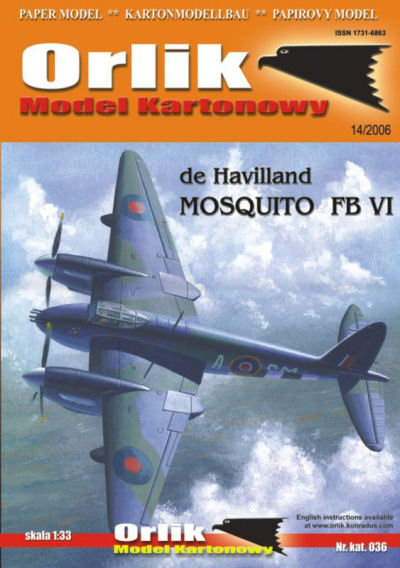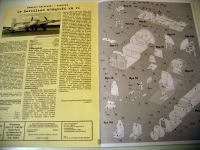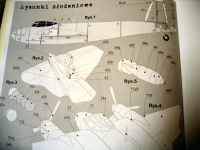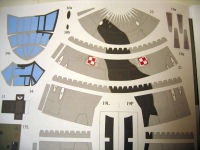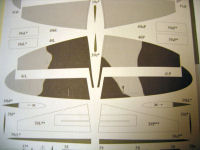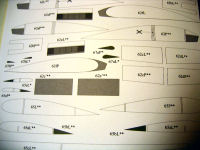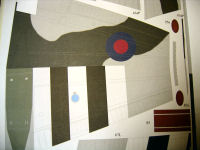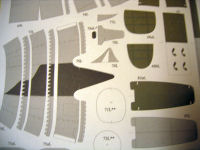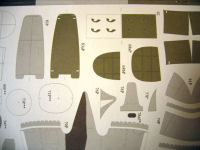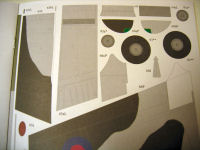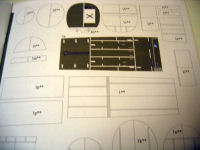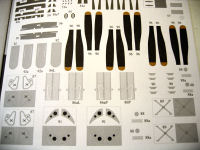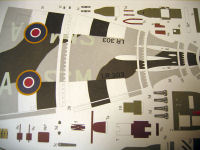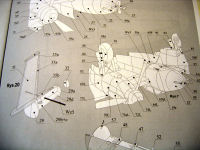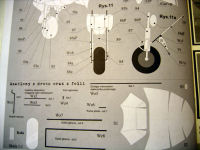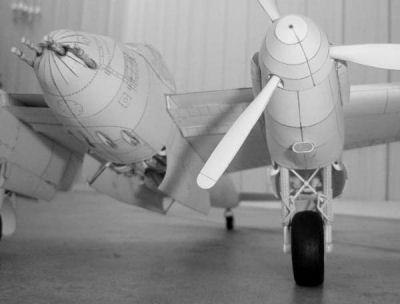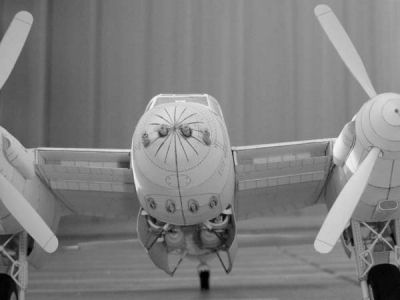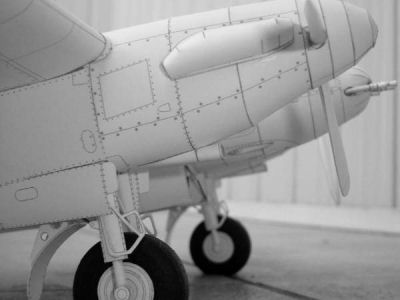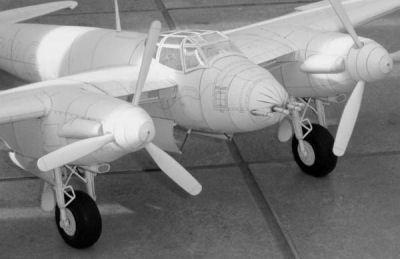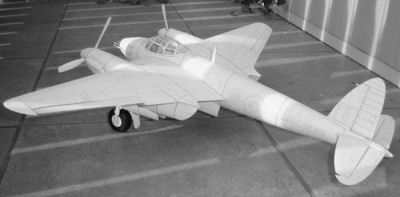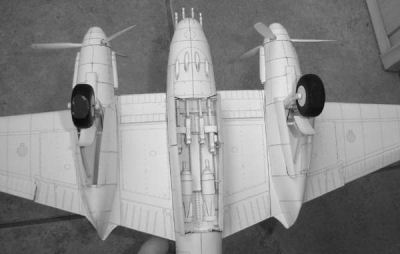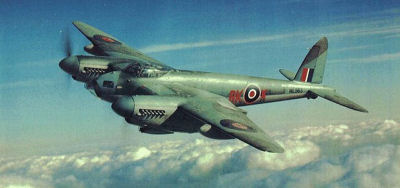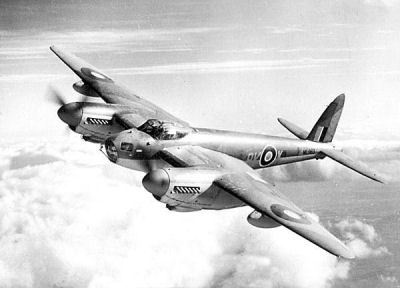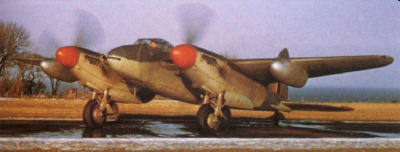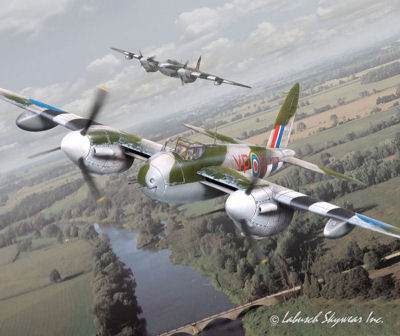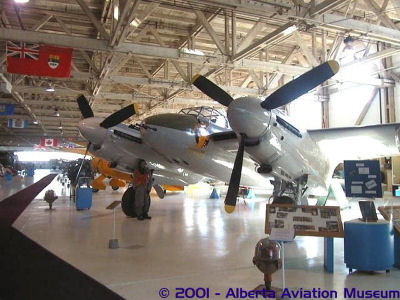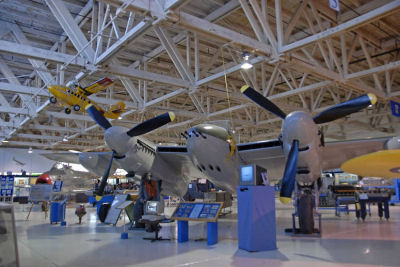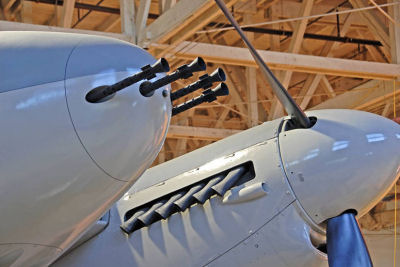The de Havilland Mosquito was a British combat aircraft that excelled in a number of roles during the Second World War.
It served with the RAF and many other air forces both in the Second World War and postwar.
The Mosquito was known affectionately as the "Mossie" to its crews.
The Mosquito was a twin-engine aircraft, powered by a pair of Rolls-Royce Merlins with the pilot and navigator sitting side by side.
Unorthodox in design, it used a plywood structure of spruce and balsa in a time when wooden construction was considered outmoded.
In the conceptual design stage, de Havilland designers found that adding any defensive armament would significantly reduce the aircraft's maximum speed.
Realising that the loss in performance was not worth the benefit, the initial bomber version was designed without any guns.
The Mosquito was a very versatile aircraft; originally conceived as a fast day bomber, the various roles of the Mosquito included: tactical bomber, pathfinder, day or night fighter, fighter-bomber, intruder, maritime strike and photo reconnaissance aircraft.
The Mosquito inspired admiration from all quarters, including the Commander-in-Chief of the Luftwaffe, Hermann Göring.
Göring was due to address a parade in Berlin in the morning of 30 January 1943, commemorating the 10th anniversary of the Nazis' being voted into power.
The low level attack of three 105 Squadron Mosquito B Mk. IV on the main Berlin broadcasting station put Reichsmarschall Göring off the air for more than an hour, as he was about to launch into a scheduled speech.
The Mosquito is often described as having been faster than enemy fighters.
On its introduction to service, the aircraft was about as fast as the front-line German fighters that opposed it, the BF 109F and Fw 190A.
Advancements in those aircraft would eventually outpace performance improvements in the Mosquito. Nonetheless their speed margin was slim enough that, by the time those aircraft could reach interception altitude, the Mosquito would have completed its bombing run and would be racing for home.
Furthermore, the Mosquito could sustain its dash over a greater distance than the opposing fighter aircraft.
With the introduction of the nitrous oxide boosted Bf 109s and the jet-powered Me 262 late in the war, the Luftwaffe had interceptors with a clear speed advantage over the Mosquito.
The PR Mk 32 photo reconnaissance version of the Mosquito attempted to counter this with long-span wings, special high-altitude superchargers and the elimination of as much weight as possible, raising its cruising altitude to 42,000 feet (12,800 metres).
Even with these changes, the Mosquito was not totally immune – in December 1944, one was intercepted at maximum altitude.
Fighter-bomber and intruder. Same gun armament as F.II night fighter (four 20mm cannon plus four machine-guns) but with additional load of two 250lb bombs in rear bay. plus two 250lb (later 500 lb) bombs on wing racks - alternatively 50 or 100-gallon drop-tanks, mines, depth-charges or (under wings) eight x 60lb (5-inch) rockets. Some fitted with AI radar. Total production of this Mark was 2,584 - more than of any other version of the Mosquito.
|
